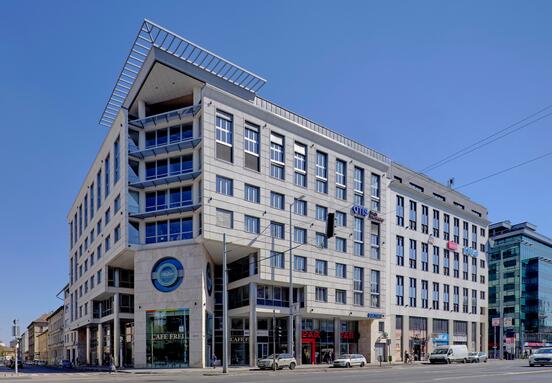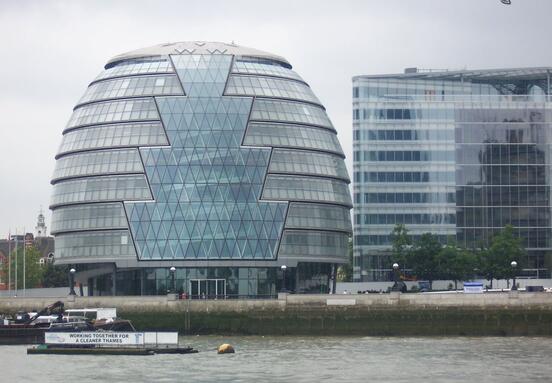The development activity of shopping centre space around the world is focused in China. Indeed, more than half of the shopping centre space under construction in the 180 countries surveyed is taking place within China’s borders. Shanghai takes first position with 3.3 million sq m of space under construction – more than the combined total of all 86 European cities excluding those in Russia and Turkey. Just behind Shanghai is Chengdu with 3.2 million sq m followed by Shenzhen and Tianjin with 2.7 million sq m and 2.5 million sq m under construction respectively. Other markets in the top ten include Istanbul, Wuhan, Moscow, Beijing, Nanjing, and Guangzhou.
In Southeast Asia, nearly 40% of the 3.3 million sq m under construction is located in Kuala Lumpur, making it the 12th most active market globally. In Vietnam, Ho Chi Minh City and Hanoi have also seen a large number of new developments in suburban areas and are seeing strong leasing demand from retailers attracted by lower rents and the lower-to-mid income residences nearby. Buoyant occupier demand is pushing a strong development pipeline in New Delhi with 500,000 sq m of new retail space currently under construction.
In the Middle East, Abu Dhabi continues to strengthen its position as a leading retail destination with three centres (168,000 sq m) completed in 2013 and another eight centres (778,000 sq m) currently under construction.
In Europe, Russian and Turkish cities continue to dominate the development pipeline. The most active market in Europe is Istanbul with 27 centres (1.9 million sq m) currently under construction. As in other markets, much of this new space is away from the city centre in peripheral locations.
Moscow leads the development for Russia with 1.5 million sq m of space due to open over the next three years. However, development activity is also at an all-time high in regional cities, such as St Petersburg, Yekateringburg, Samara, and Novosibirsk, with some 2.6 million sq m due for completion in 2014 alone.
“Global development activity is similar to last year in terms of location with new construction dominated by Asia and in particular China. The scale of new development there is due not only to economic growth in the region, but also due to the demands of cross-border retailers, many of whom have found that the existing retail space in the region is not of the standard they require.”
Of the 35 new centre openings in Europe in 2013, 26 were in Eastern Europe, with only four in Central Europe and just five in Western Europe. Although new shopping centre development remains at historically low levels in much of Western Europe, many larger centres have extensions planned to accommodate the strong occupier demand for the best retail destinations around Europe”, Natasha Patel, EMEA Retail Research, CBRE, commented.
CBRE
A new era in retail development may soon begin in Hungary. This is a very sensitive industry, which is equally influenced by macroeconomic facts, the general mood of the market and the country's international assessment. Fortunately, the situation has improved in every respect compared to 2013, and the market fundamentals are slowly recovering (increasing domestic consumption, expanding retail networks, the country's improving international reputation), which can serve as a new boost for some of the projects. We expect more significant developments first in Budapest”, Gábor Borbély Head of Research & Consulting at CBRE Budapest added.








